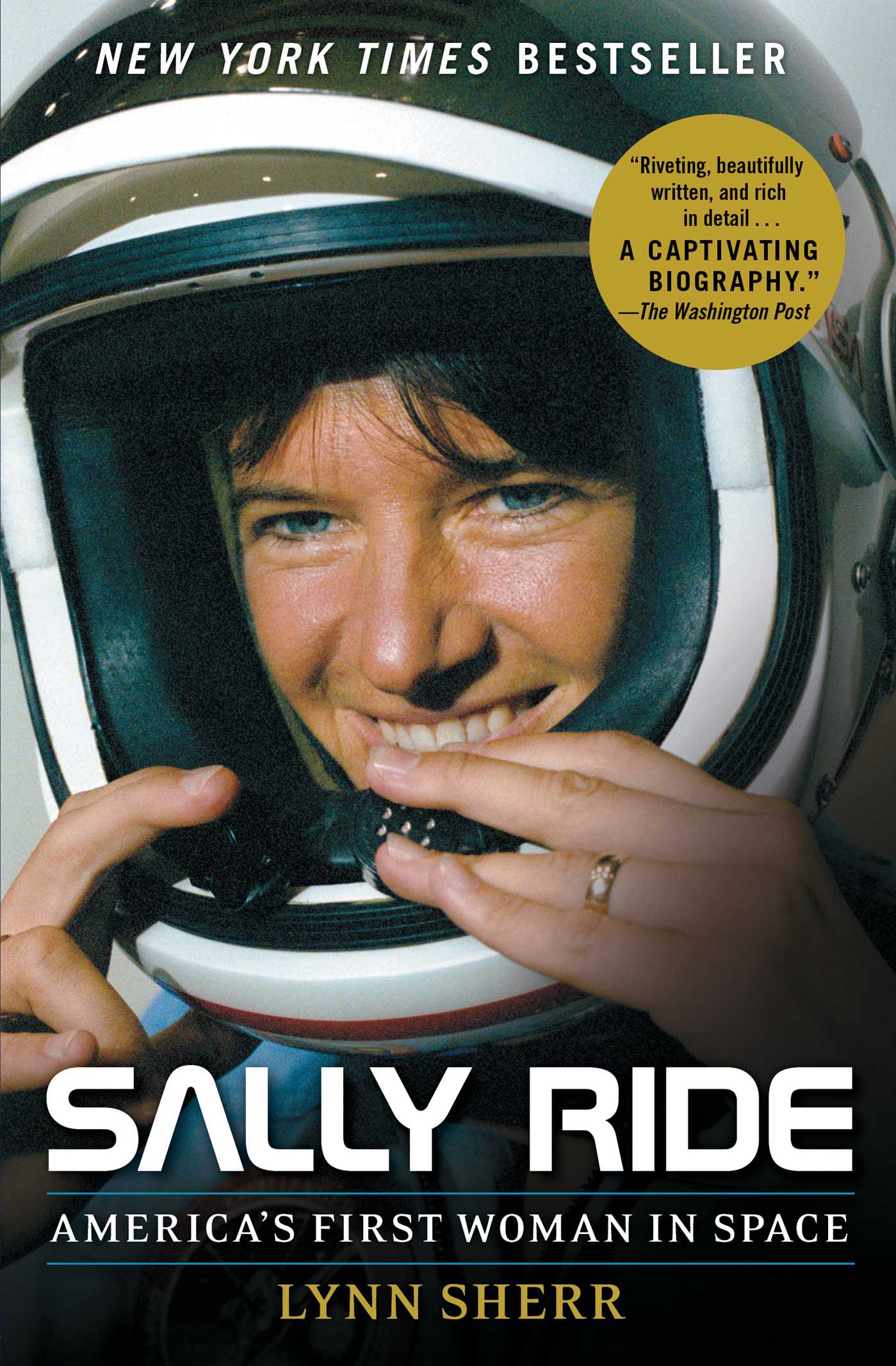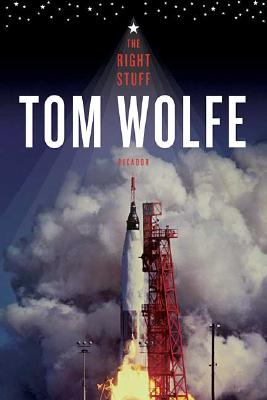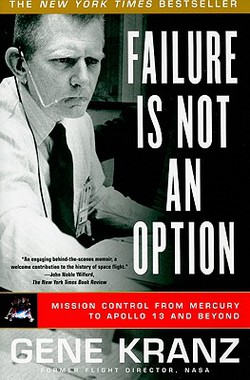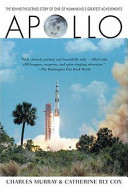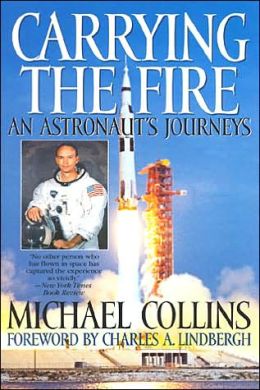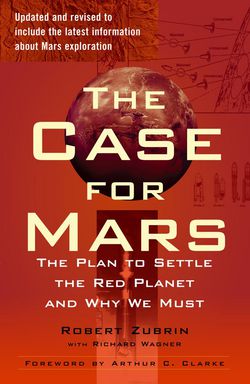The Apollo 11 moon landing captured the attention and imagination of the nation 40 years ago. On the anniversary of the historic moon landing, you may find your imagination takes you out to the moon and further, into deep space. If so, here are seven books by outer space experts to join you on your journey and help bring you back.
Out of This World: 7 Books to Help If You Are Lost In Space
Sally Ride made history as the first American woman in space, breaking through a quarter century of white male fighter jocks when NASA chose her for the seventh shuttle mission. Written by the ABC reporter who covered NASA during its transformation from a test-pilot boys’ club to a more inclusive elite, Sally Ride is the definitive biography of the bold and talented woman who cracked the celestial ceiling and inspired several generations of women.
Sally Ride made history as the first American woman in space, breaking through a quarter century of white male fighter jocks when NASA chose her for the seventh shuttle mission. Written by the ABC reporter who covered NASA during its transformation from a test-pilot boys’ club to a more inclusive elite, Sally Ride is the definitive biography of the bold and talented woman who cracked the celestial ceiling and inspired several generations of women.
MENTIONED IN:
From "America’s nerviest journalist" (Newsweek)--a breath-taking epic, a magnificent adventure story, and an investigation into the true heroism and courage of the first Americans to conquer space. "Tom Wolfe at his very best" (The New York Times Book Review)
From "America’s nerviest journalist" (Newsweek)--a breath-taking epic, a magnificent adventure story, and an investigation into the true heroism and courage of the first Americans to conquer space. "Tom Wolfe at his very best" (The New York Times Book Review)
This memoir of a veteran NASA flight director tells riveting stories from the early days of the Mercury program through Apollo 11 (the moon landing) and Apollo 13, for both of which Kranz was flight director.
This memoir of a veteran NASA flight director tells riveting stories from the early days of the Mercury program through Apollo 11 (the moon landing) and Apollo 13, for both of which Kranz was flight director.
Out of print for fifteen years, this is the classic account of how the United States got to the moon. It is a book for those who were part of Apollo and want to recapture the experience and for those of a new generation who want to know how it was done. It is an opinon shared by many Apollo veterans. Republished in 2004 with a new Foreword by the authors.
Out of print for fifteen years, this is the classic account of how the United States got to the moon. It is a book for those who were part of Apollo and want to recapture the experience and for those of a new generation who want to know how it was done. It is an opinon shared by many Apollo veterans. Republished in 2004 with a new Foreword by the authors.
The years that have passed since Neil Armstrong, Buzz Aldrin, and Michael Collins piloted the Apollo 11 spacecraft to the moon in July 1969 have done nothing to alter the fundamental wonder of the event: man reaching the moon remains one of the great events—technical and spiritual—of our lifetime. In this remarkable book, Michael Collins conveys, in a very personal way, the drama, beauty, and humor of that adventure. He also traces his development from his first flight experiences in the air force, through his days as a test pilot, to his Apollo 11 space walk, presenting an evocative picture of the joys of flight as well as a new perspective on time, light, and movement from someone who has seen the fragile Earth from the other side of the moon.
The years that have passed since Neil Armstrong, Buzz Aldrin, and Michael Collins piloted the Apollo 11 spacecraft to the moon in July 1969 have done nothing to alter the fundamental wonder of the event: man reaching the moon remains one of the great events—technical and spiritual—of our lifetime. In this remarkable book, Michael Collins conveys, in a very personal way, the drama, beauty, and humor of that adventure. He also traces his development from his first flight experiences in the air force, through his days as a test pilot, to his Apollo 11 space walk, presenting an evocative picture of the joys of flight as well as a new perspective on time, light, and movement from someone who has seen the fragile Earth from the other side of the moon.
Eugene Cernan is a unique American who came of age as an astronaut during the most exciting and dangerous decade of spaceflight. His career spanned the entire Gemini and Apollo programs, from being the first person to spacewalk all the way around our world to the moment when he left man's last footprint on the Moon as commander of Apollo 17. Between those two historic events lay more adventures than an ordinary person could imagine as Cernan repeatedly put his life, his family and everything he held dear on the altar of an obsessive desire. Written with New York Times bestselling author Don Davis, this is the astronaut story never before told - about the fear, love and sacrifice demanded of the few men who dared to reach beyond the heavens for the biggest prize of all - the Moon.
Eugene Cernan is a unique American who came of age as an astronaut during the most exciting and dangerous decade of spaceflight. His career spanned the entire Gemini and Apollo programs, from being the first person to spacewalk all the way around our world to the moment when he left man's last footprint on the Moon as commander of Apollo 17. Between those two historic events lay more adventures than an ordinary person could imagine as Cernan repeatedly put his life, his family and everything he held dear on the altar of an obsessive desire. Written with New York Times bestselling author Don Davis, this is the astronaut story never before told - about the fear, love and sacrifice demanded of the few men who dared to reach beyond the heavens for the biggest prize of all - the Moon.
Since the beginning of human history Mars has been an alluring dream; the stuff of legends, gods, and mystery. The planet most like ours, it has still been thought impossible to reach, let alone explore and inhabit. Now with the advent of a revolutionary new plan, all this has changed. Leading space exploration authority Robert Zubrin has crafted a daring new blueprint, Mars Direct, presented here with illustrations, photographs, and engaging anecdotes. The Case for Mars is not a vision for the far future or one that will cost us impossible billions. It explains step-by-step how we can use present-day technology to send humans to Mars within ten years; actually produce fuel and oxygen on the planet's surface with Martian natural resources; how we can build bases and settlements; and how we can one day "terraform" Mars; a process that can alter the atmosphere of planets and pave the way for sustainable life.
Since the beginning of human history Mars has been an alluring dream; the stuff of legends, gods, and mystery. The planet most like ours, it has still been thought impossible to reach, let alone explore and inhabit. Now with the advent of a revolutionary new plan, all this has changed. Leading space exploration authority Robert Zubrin has crafted a daring new blueprint, Mars Direct, presented here with illustrations, photographs, and engaging anecdotes. The Case for Mars is not a vision for the far future or one that will cost us impossible billions. It explains step-by-step how we can use present-day technology to send humans to Mars within ten years; actually produce fuel and oxygen on the planet's surface with Martian natural resources; how we can build bases and settlements; and how we can one day "terraform" Mars; a process that can alter the atmosphere of planets and pave the way for sustainable life.

